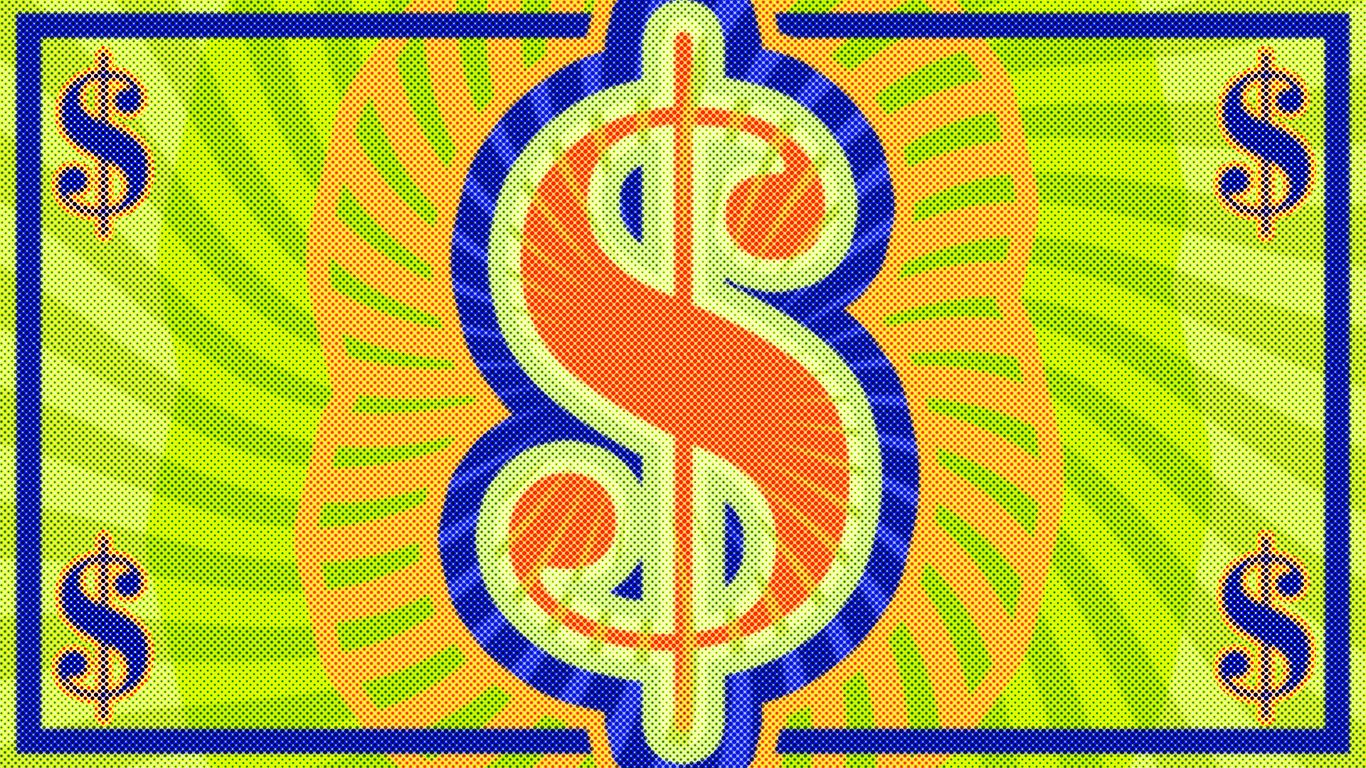
The inflation, energy and security shocks walloping the world economy are driving a kind of government intervention in markets last seen in the 1970s.
Why it matters: Price controls were largely abandoned after the '70s, as both American and global policy shifted toward less government involvement in the economy.
- It marked the beginning of the end for the bipartisan Keynesian consensus, which emphasized the government role in running the economy. In its place, a greater reliance on markets emerged during the Reagan administration — and dominated post-Cold War era.
State of play: On Friday, finance ministers from the G-7 group of major economies pledged to put in place a plan aimed at limiting the amount of money Russia makes from oil sales, effectively forming a buyers cartel to try to cap prices of Russian crude.
- Separately, European Commission officials signaled plans last week for an "emergency intervention and a structural reform of the electricity market," amid sky-rocketing power prices and Russia's decision to cut off westward gas flows.
The big picture: For decades governments relied on largely apolitical market mechanisms to allocate commodities from sellers to buyers based on the basic logic of economic efficiency.
- But now, energy markets have become theaters of economic war, and governments are being forced to play a larger role.
What they're saying: "When Russia stops exporting gas, or the Western countries decide to put on sanctions, the markets that are affected by this are not governed by the laws of supply and demand. They're governed by the political intervention," says Isabella Weber, an economics professor at the University of Massachusetts, Amherst, and one of the first amid the current crises to argue that governments should take action to stabilize certain prices.
Yes, but: So far, much of the major Western countries' efforts to manage prices have been confined to the energy sector.
- We're not seeing governments embrace the type of broad brush policies that were periodically used from World War II through the '70s.
The other side: Orthodox economics has long argued that virtually all price controls are counterproductive, and almost inevitably lead to shortages.
- That's because demand for goods is artificially elevated by below-market prices, and with prices locked producers see little reason to boost output.
Flashback: In 1971, President Nixon took the remarkable step of imposing price and wage controls, in an attempt to try to corral the inflation that threatened his re-election campaign the next year.
- The controls stayed in place until 1974, though they were largely seen as being ineffective in countering price increases.
- Their mixed record in the '70s obscured the fact that during emergencies such as World War I and World War II, they were important economic tools.
- President Reagan abolished the White House Council on Wage and Price Stability in one of his first acts as president in 1981 — an early part of a policy shift away from big government management of the economy, and toward a more laissez-faire approach.
The bottom line: "The pendulum is swinging back in the other direction," Daniel Yergin, energy expert and co-author of "The Commanding Heights," a history of the shift from state economic control to the market-based system, tells Axios.
"control" - Google News
September 06, 2022 at 04:32PM
https://ift.tt/V0Wq8Ih
No longer a 1970s relic, price controls are back - Axios
"control" - Google News
https://ift.tt/pAjY2Dt
https://ift.tt/yEOxnbT
Bagikan Berita Ini
















0 Response to "No longer a 1970s relic, price controls are back - Axios"
Post a Comment